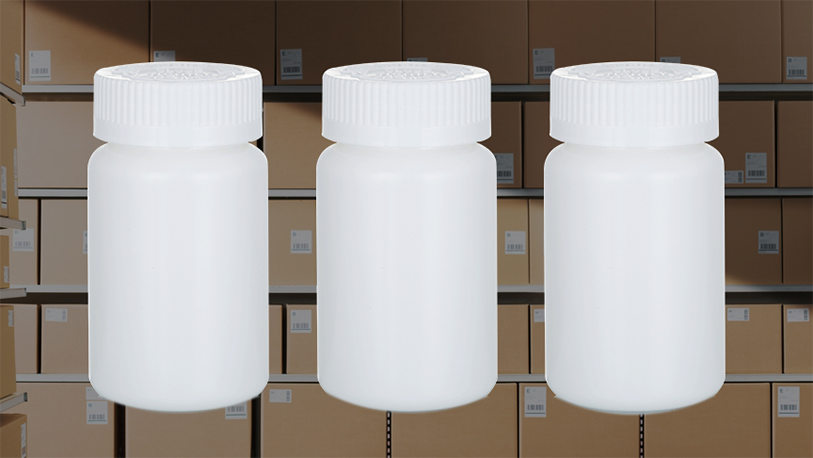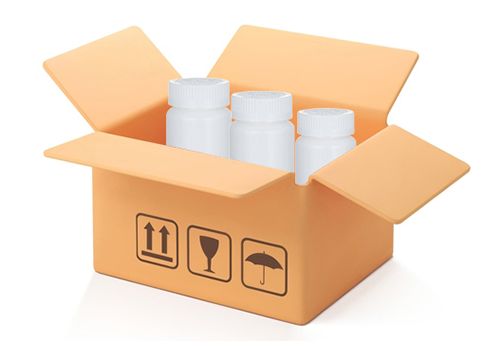
How to Store HDPE Bottles to Reduce Risk and Expense
Key Takeaways
· Proper storage of HDPE bottles minimizes risks like contamination and chemical degradation.
· Implement cost-effective solutions such as modular shelving and climate-controlled units.
· Support sustainability by reducing waste and promoting recycling.
Understanding HDPE Bottles: Properties and Benefits
High-Density Polyethylene (HDPE) bottles are widely used in industries like pharmaceuticals due to their strength, durability, and resistance to chemicals. These bottles are lightweight and recyclable, making them an environmentally friendly choice. Learn more about HDPE tablet containers here

Best Practices for Storing HDPE Bottles
· Temperature Control: Store in a cool, dry place, avoiding direct sunlight.
· Temperature Control: Store in a cool, dry place, avoiding direct sunlight.
· Temperature Control: Store in a cool, dry place, avoiding direct sunlight.
· Temperature Control: Store in a cool, dry place, avoiding direct sunlight.

Common Risks Associated with Improper Storage
Improper storage can lead to several problems, including:
Chemical Degradation: Contents may become unstable when exposed to heat or UV light.
Contamination: Poor storage conditions can increase the risk of contamination.
Financial Loss: Damaged bottles or degraded contents lead to waste and increased costs.
For more information about our packaging solutions, visit Bridge Packaging‘s Product List
Environmental Considerations in HDPE Bottle Storage
Proper storage supports sustainability efforts by reducing waste and extending product life. Additionally, HDPE bottles are recyclable, which aligns with global environmental goals. Learn about recycling initiatives from EPA’s Recycling Program.
Regulatory Compliance in Storing Pharmaceutical Packaging

For pharmaceutical packaging, adhering to Good Manufacturing Practices (GMP) is critical. Storage facilities should comply with regulations around temperature control and contamination prevention to maintain product integrity and meet legal requirements.
Frequently Asked Questions about HDPE Bottle Storage
What are the ideal storage conditions for HDPE bottles?
Store them in cool, dry environments, away from direct sunlight and extreme temperatures.
How long can HDPE bottles be stored without risk?
When stored under optimal conditions, HDPE bottles can last several years.
What are the signs that an HDPE bottle is no longer safe to use?
Discoloration, cracks, or leakage indicate that the bottle is no longer safe.
Can I store different substances in the same HDPE bottle?
Avoid mixing substances unless they are confirmed to be chemically compatible.
Conclusion
Storing HDPE bottles properly is essential to reduce risks, minimize expenses, and support sustainability. By following best practices and implementing cost-effective solutions, you can ensure your products remain safe and compliant. Visit LaiyangPackaging to explore our range of pharmaceutical packaging solutions. Contact us today to learn how we can meet your packaging needs!


